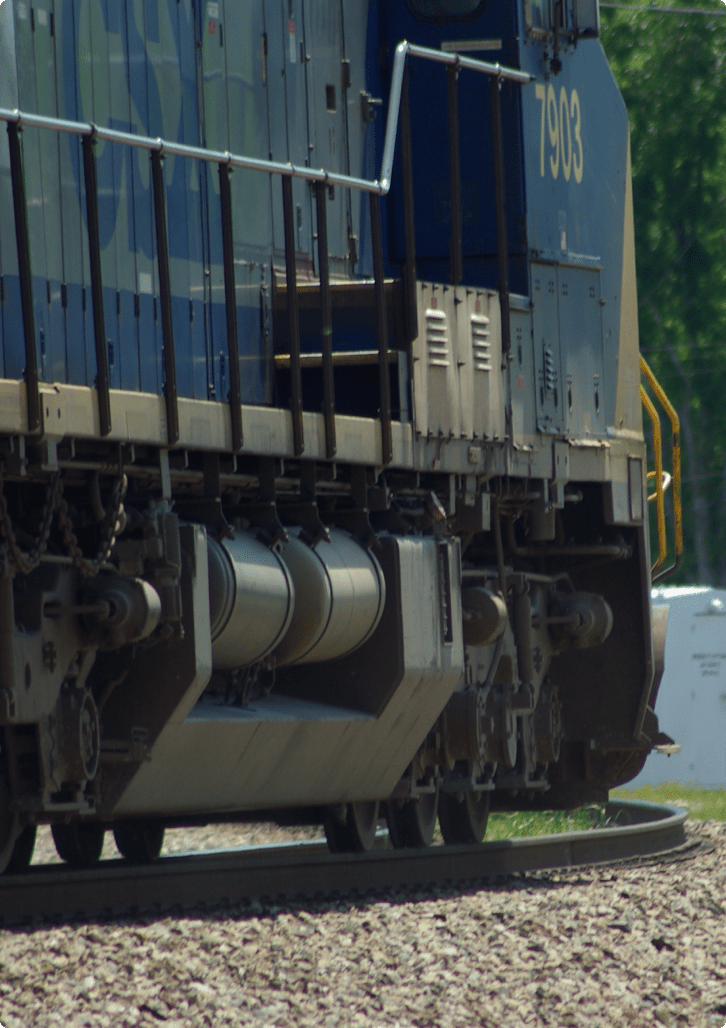Significant contributions to 2023 freight rail safety and performance advances.
"The technology teams at Railinc leveraged their expertise this past year to create solutions and improve products that made the North American freight rail industry safer, more efficient, and more competitive."

Joan Smemoe
CIO and VP of Information Technology
500+
Line of road failures prevented
9500
EHMS detectors reporting to Railinc
10000
automatically identified stopped trains for remediation in Chicago through Railinc’s Clear Path tool
16000
train braking scenarios run per hour with PTC




